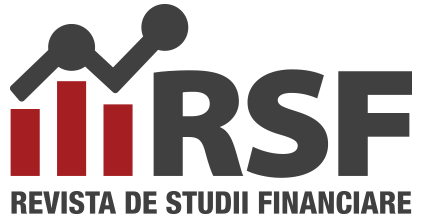Author: Ioana Marinela (Gavriluță) Turtă
Vol. 7 • No. 12 • May 2022
Abstract
Smart City’s role is to improve urban life through sustainable integrated solutions and address city-specific challenges in various policy areas, such as energy, mobility and transport, and ICT, which must also be effectively implemented. Smart City relies on the use of information and communication technology (ICT) to sustainably develop urban spaces and limit the negative effects of urbanization. Globally, there is a trend to promote the concept of Smart City as a solution for urban areas in efficient and sustainable development, without affecting the environment.
In Romania, Smart City has become a concern for local, urban and rural administrations, in the context in which at European level there are non-reimbursable funds for such projects. In Romania, Smart City and the projects that have the role of making an administration to be Smart are in their infancy.
The purpose of this article is to highlight the advantages of Smart City development in urban administrations in Romania and the influence on the financial management of local authorities. Urban spaces in Romania face certain difficulties, both in terms of development (economic, infrastructure), but also pollution. The paper will highlight the stage of development of Smart City and how it influences the financial management of local governments, where such projects are implemented. The paper is descriptive, by correlating the information highlighted in the literature and data on projects submitted for Smart City by urban areas in Romania. The study analyzes the projects submitted by the main urban areas in Romania in 2020 for their development as Smart City, according to the website https://steinbeis-romania.com, thus highlighting the concern of local governments for their development as Smart City.
Keywords: Smart City, local public administration, financial management, development.
JEL Classification: G32, H83, R51, R58.
DOI: 10.55654/JFS.2022.7.12.14
